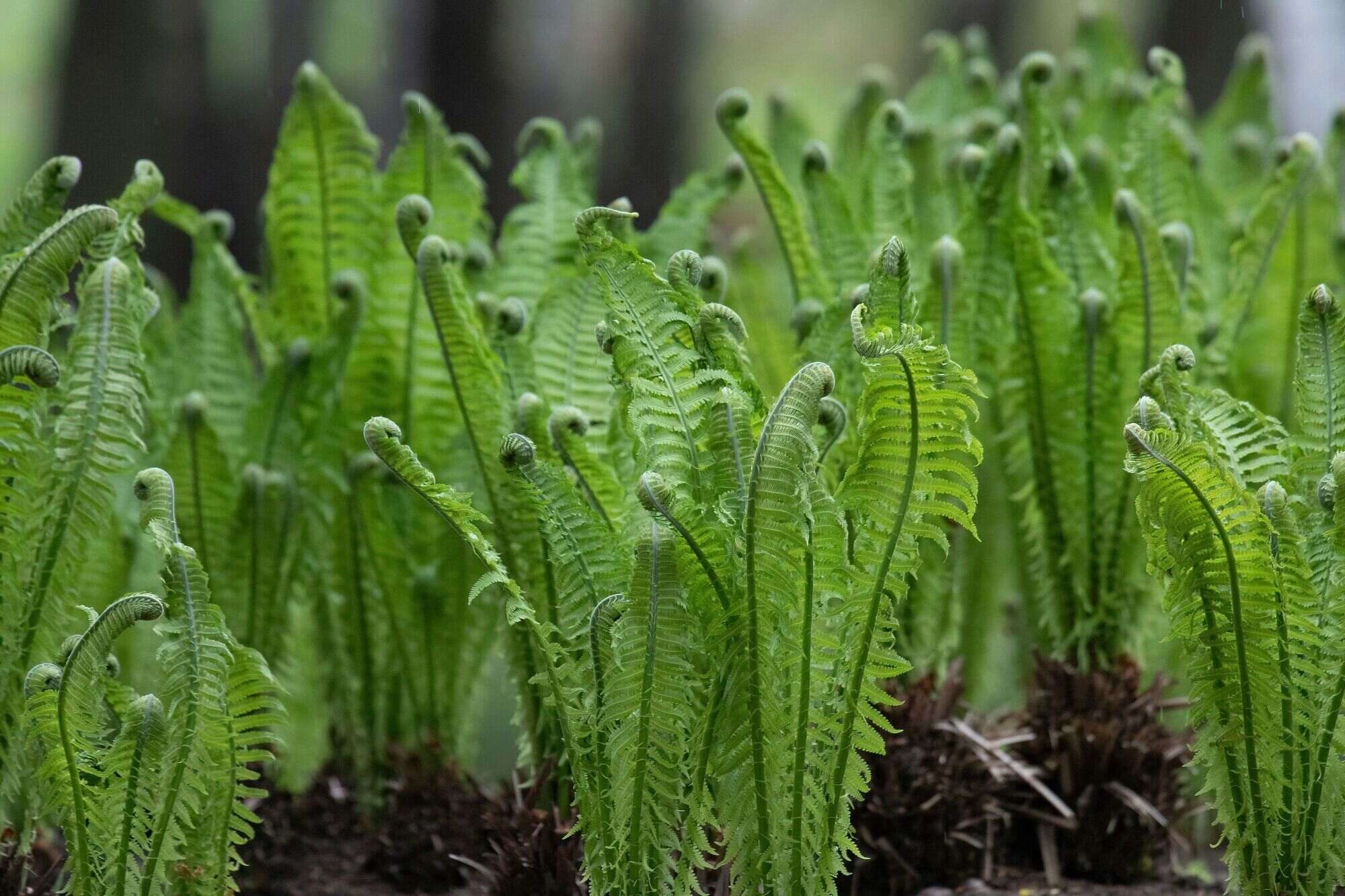
Matteuccia struthiopteris, commonly known as the ostrich fern, is a fascinating plant with a rich history and unique characteristics. Ever wondered why it's called the ostrich fern? Its fronds resemble the feathers of an ostrich! This plant isn't just a pretty face; it has culinary uses too. The young, coiled fronds, known as fiddleheads, are a delicacy in many parts of the world. But there's more to this fern than meets the eye. Did you know it can thrive in both shade and sunlight? Plus, it plays a crucial role in its ecosystem, providing shelter and food for various wildlife. Ready to learn more? Let's dive into 34 intriguing facts about this remarkable fern!
Fascinating Facts About Matteuccia
Matteuccia, commonly known as the ostrich fern, is a plant that has intrigued botanists and nature lovers alike. Its unique characteristics and historical significance make it a subject worth exploring. Here are some captivating facts about this remarkable fern.
Botanical Characteristics
Matteuccia has some distinct features that set it apart from other ferns. Let's dive into its botanical uniqueness.
- Scientific Name: Matteuccia struthiopteris is the scientific name of the ostrich fern.
- Frond Shape: The fronds resemble ostrich feathers, hence the name "ostrich fern."
- Height: These ferns can grow up to 5 feet tall.
- Spread: They can spread up to 6 feet wide, forming dense colonies.
- Rhizomes: Matteuccia spreads through underground rhizomes, allowing it to cover large areas.
- Spores: The fern reproduces via spores, which are found on specialized fronds called sporophylls.
- Deciduous: This fern is deciduous, meaning it sheds its fronds in the fall.
- Fiddleheads: The young, coiled fronds are known as fiddleheads and are edible.
Habitat and Growth Conditions
Understanding where and how Matteuccia thrives can help in appreciating its ecological role.
- Native Range: Native to North America, Europe, and Asia.
- Preferred Habitat: Prefers moist, shaded environments like riverbanks and forest floors.
- Soil Type: Thrives in rich, well-drained soil.
- Water Needs: Requires consistent moisture but not waterlogged conditions.
- Sunlight: Grows best in partial to full shade.
- Cold Hardy: Can withstand cold temperatures, making it suitable for various climates.
- Invasive Potential: In some areas, it can become invasive due to its rapid spread.
Historical and Cultural Significance
Matteuccia has played a role in various cultures and historical contexts. Here are some intriguing historical facts.
- Ancient Use: Native Americans used fiddleheads as a food source.
- Medicinal Use: Historically, it was used in traditional medicine for its purported health benefits.
- Culinary Delight: Fiddleheads are considered a delicacy in many cuisines.
- Symbolism: In some cultures, ferns symbolize humility and sincerity.
- Art and Literature: Ferns, including Matteuccia, often appear in art and literature as symbols of nature and tranquility.
Ecological Importance
Matteuccia plays a vital role in its ecosystem. Let's explore its ecological contributions.
- Soil Stabilization: Helps prevent soil erosion with its extensive root system.
- Habitat: Provides habitat for various small animals and insects.
- Biodiversity: Supports biodiversity by creating a microenvironment for other plants and organisms.
- Carbon Sequestration: Like other plants, it helps sequester carbon, contributing to climate regulation.
- Water Filtration: Assists in filtering water in its natural habitat, improving water quality.
Interesting Tidbits
Here are some fun and lesser-known facts about Matteuccia that you might find surprising.
- Edible Fiddleheads: Fiddleheads must be cooked properly to avoid toxicity.
- Ornamental Use: Popular in gardens for its aesthetic appeal.
- Propagation: Can be propagated by division or spores.
- Longevity: Individual plants can live for many years, continuously spreading.
- Pest Resistance: Generally resistant to pests and diseases.
- Seasonal Changes: Fronds change color with the seasons, adding visual interest year-round.
- Wildlife Attraction: Attracts birds and small mammals that use it for shelter.
- Cultural Festivals: Some regions celebrate fiddlehead festivals during harvest season.
- Conservation Status: Not currently endangered, but habitat preservation is essential for its continued proliferation.
Fascinating Fern Facts
Matteuccia struthiopteris, or the ostrich fern, is more than just a pretty plant. This fern has a rich history, unique characteristics, and surprising uses. From its edible fiddleheads to its role in traditional medicine, the ostrich fern offers a lot to explore. Its distinctive fronds and ability to thrive in various environments make it a favorite among gardeners and nature enthusiasts. Plus, its ecological benefits can't be ignored, as it helps prevent soil erosion and supports local wildlife.
Understanding these facts about the ostrich fern can deepen your appreciation for this remarkable plant. Whether you're a gardener, a forager, or just someone who loves nature, there's always something new to learn about Matteuccia struthiopteris. So next time you see those graceful fronds swaying in the breeze, you'll know there's more to them than meets the eye.
Was this page helpful?
Our commitment to delivering trustworthy and engaging content is at the heart of what we do. Each fact on our site is contributed by real users like you, bringing a wealth of diverse insights and information. To ensure the highest standards of accuracy and reliability, our dedicated editors meticulously review each submission. This process guarantees that the facts we share are not only fascinating but also credible. Trust in our commitment to quality and authenticity as you explore and learn with us.
